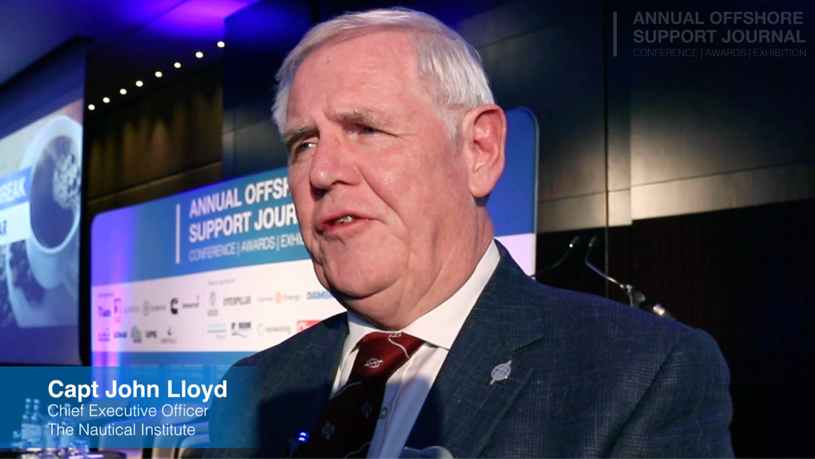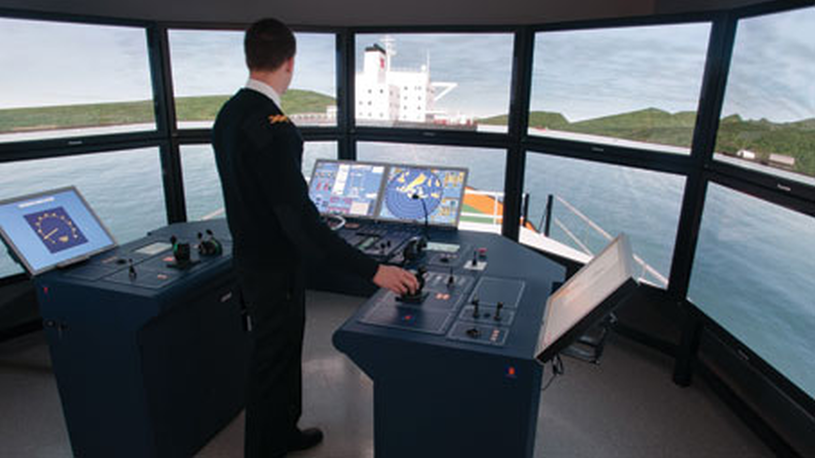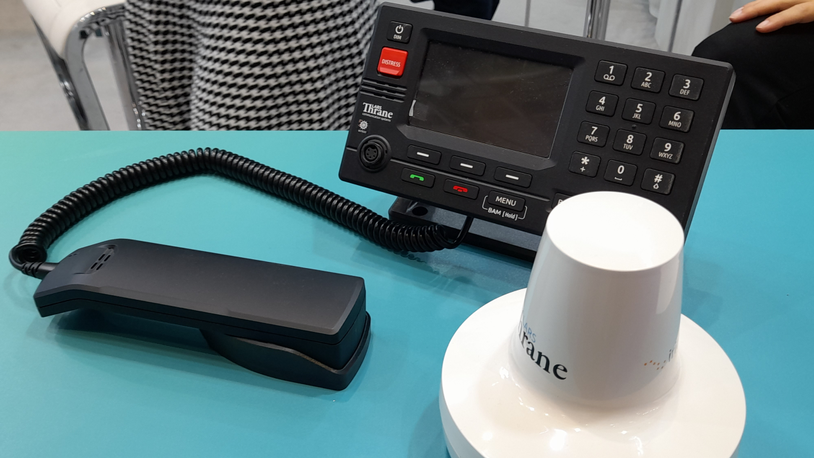Business Sectors
Events
Contents
iDirect’s Velocity platform is the heart of Inmarsat’s Global Xpress
Inmarsat has commercially launched its Fleet Xpress Ka-band satellite communications service to shipping after a lengthy period of onboard testing. The service delivers spot beams of high bandwidth throughput across all oceans from three Global Xpress (GX) geostationary satellites commissioned over the last two years. In total there are more than 260 spot beams to deliver Ka-band connectivity to ships. The service also includes FleetBroadband L-band as a reliable back-up.
“Fleet Xpress is a ground-breaking new service that will shape communications at sea beyond recognition,” said Inmarsat Maritime president Ronald Spithout. “It will provide the guaranteed high-speed connectivity that is essential to support the safest and most efficient vessel operations. It will also match the personal connectivity needs of even the most demanding modern seafarer, delivering services previously available only on shore.” Network Innovations, Marlink and Singtel have completed the onboard testing process to begin offering Fleet Xpress. Additional partners are expected to complete the process in the coming months.
Fleet Xpress hardware includes a network service device (NSD) to manage bandwidth and traffic flow through type-approved user terminals, offered by hardware partners Intellian, Japan Radio Co and Cobham Satcom. It also includes the Inmarsat Gateway user interface and service enablement platform.
The iDirect Velocity IT platform, including the modems in the GX terminals, is at the centre of the Fleet Xpress service. It is also being implemented for Telenor Satellite Broadcasting’s Thor 7 regional Ka-band service and Intelsat’s EpicNG and IntelsatOne Flex Ku-band VSAT solutions. “IDirect Velocity is a complex system, managing a global mobility spot beam network and the ground infrastructure,” said iDirect chief operating officer Kevin Steen. “It must accommodate multiple spot beams on multiple satellites, and provide seamless beam switching and high throughput.”
The platform is designed to enable satellite operators to support multiple types of business models and multiple markets from one single platform, through levels of distributors to the end user. It facilitates a continuous, consistent service to vessels as they traverse the global Inmarsat network. “This is of critical importance as remote units often need to travel across multiple satellites and experience a range of network conditions,” said Mr Steen.
Inmarsat wanted a ground network for mobile broadband, where the network and satellites were designed and optimised together. “We provided Inmarsat with the first global deployment of our Velocity platform, including six fully-outfitted satellite access stations, and the core module technology that powers GX terminals.” This is managed through the highly automated iDirect Pulse online service, combined with Inmarsat’s Service Enablement Platform (SEP).
“It is a model for transforming maritime satellite communications, and a shift in how services are delivered,” said iDirect’s senior vice president of engineering and emerging technologies Wayne Haubner. “Velocity was designed from the ground up, at a telecommunications level of infrastructure. Working with the terminal integrators is an extremely important part of ensuring the success of the overall system, as the end user’s view of the performance is based on their experience with the terminal.”
The GX terminals need to receive and transmit from two beams, so they can lock onto the next beam before releasing the first beam. “We needed tight collaboration in the partnership to ensure we designed the system to overcome the challenges of the new high throughput satellite designs leveraging hundreds of spot beams and different frequencies,” said Mr Haubner. “All of the pieces need to come together in this complex system. It has been a long journey in uncharted territory, which necessitated a comprehensive testing plan and validations. We have been working closely together at all stages to address any issues.”
On the terminal side, Intellian Technologies, Cobham Satcom and Japan Radio Co have developed GX-specialised antenna systems and upgrade kits to convert Ku-band terminals to Ka-band. In March, Network Innovations and Intellian converted terminals on European naval vessels from Ku to Ka. They converted existing Intellian GX100 1m Ku-band antennae to GX terminals using an upgrade kit.
As a competitor to Ka-band, Intelsat and Marlink reaffirmed their partnership by delivering high speed broadband over the IntelsatOne Flex managed network and EpicNG satellites. Intelsat is testing the first of these satellites, Intelsat 29e, following its launch earlier this year. Intelsat said it was on track to begin operations in the second quarter of 2016 to provide coverage over the Americas, the Caribbean and the North Atlantic. The next satellite for this spot beam network will be Intelsat 33e. It is scheduled for launch in the second half of this year, offering Ku-band capacity over Europe, Africa and Asia. The Horizons 3e satellite will complete the Intelsat EpicNG global footprint once it is launched in 2018.
EMC will be another of Intelsat’s clients for the EpicNG coverage, using the service to enhance cruise ship broadband. In March, EMC introduced the SpeedNet solution to minimise latency and enhance the quality of internet browsing for passengers and crew on ships. SpeedNet predictively collects, compresses and pushes multiple layers of websites at once to local servers on ships. The result for the end user is a browsing experience that mimics high speed fibre connections, said EMC chief executive Abel Avellan. “We have set the bar for delivering the fastest web browsing experience possible over satellite, even before high throughput satellites are widely available,” he said.
EMC also recently introduced a fully integrated communications and content service at sea, which also prioritises mission-critical communications. “No other provider has brought together high speed internet, live TV, streaming, and on-demand video for remote users,” Mr Avellan said. “This empowers us to offer customers a seamless branded journey for their passengers and employees akin to the quality they experience in homes and offices.”
Related to this Story
Kotug establishes training partnership in Canada
Events
Maritime Environmental Protection Webinar Week
Cyber & Vessel Security Webinar Week
The illusion of safety: what we're getting wrong about crews, tech, and fatigue
Responsible Ship Recycling Forum 2025
© 2024 Riviera Maritime Media Ltd.












